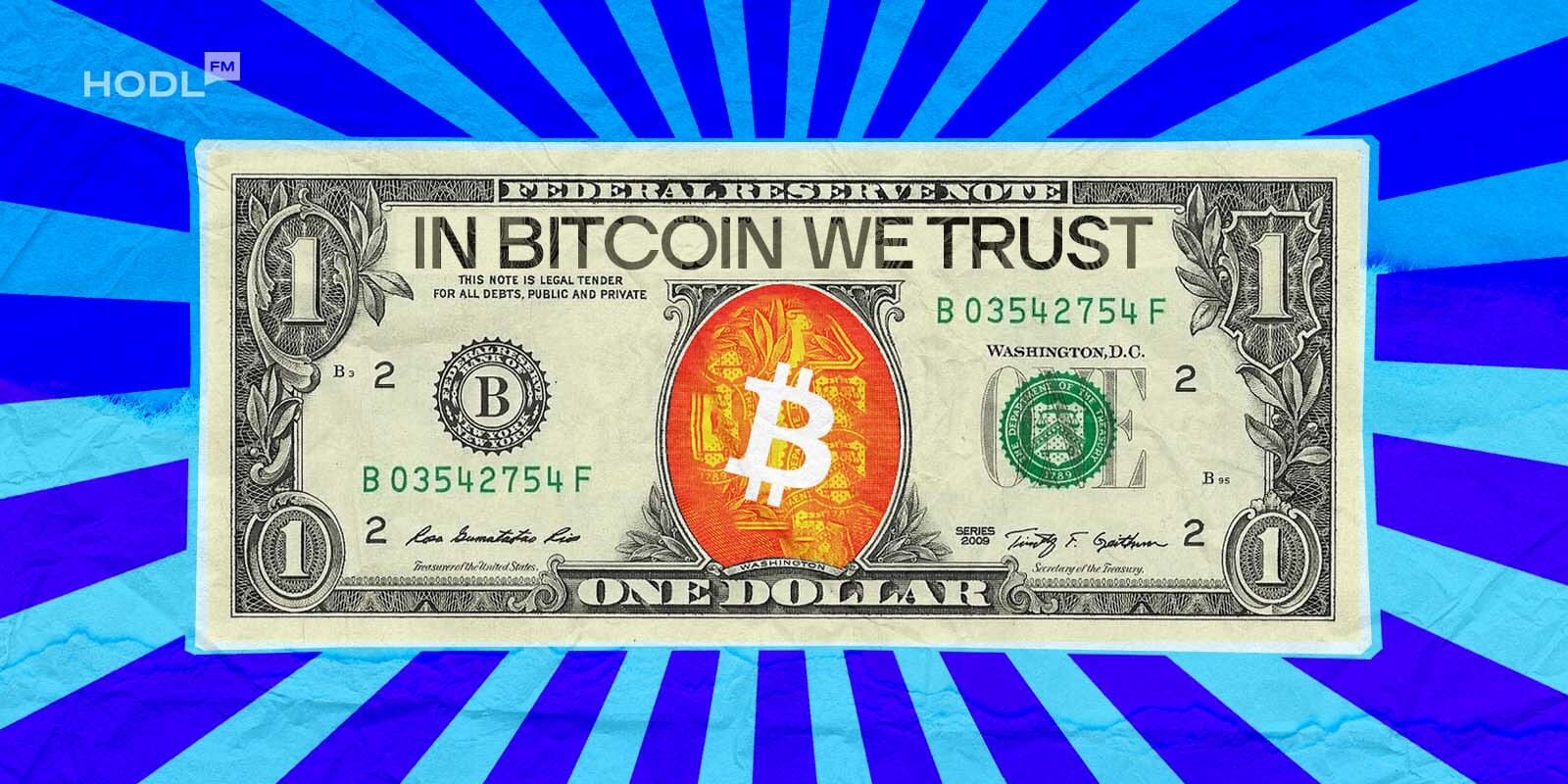It was recently revealed that the US national debt has reached a colossal size of 35 trillion dollars. And as everyone knows (we just learned this an hour ago too), a high level of debt limits the government's fiscal flexibility. With such a huge debt, the government has to spend a significant portion of its budget on debt servicing (paying interest and principal). As a result, it might find itself less able to respond quickly and effectively to economic downturns or unexpected events.
Related: Senator Warren’s War Against Foreign Crypto Miners
In these situations, investors often look for alternative stores of value, like gold. Bitcoin, often referred to as "digital gold," is seen by some as a hedge against inflation and currency devaluation due to its decentralized nature and limited supply.
How Much Does the U.S. Owe?
While the $35 trillion national debt figure is eye-popping, it doesn't tell the whole story. It's better to focus on the debt-to-GDP ratio, overall interest rates, inflation, and consumer expectations.
The debt-to-GDP ratio, which hit its peak at 132% in Q2 2020, has since dipped slightly to 122%, according to data from the Federal Reserve Bank of St. Louis.
Thanks to increased consumer spending, inventory investments, and business investments, the U.S. real GDP grew at an annualized rate of 2.8% in Q2 2024, compared to 1.4% in Q1, according to the Department of Commerce.

Real GDP adjusts for inflation and measures the value of goods and services at constant prices, with a 2.8% growth rate considered relatively healthy for advanced economies like the U.S.
Even though U.S. economic activity is outpacing debt growth, the high debt level poses challenges for fiscal policy and economic stability as the upcoming presidential election looms in November.
Historically, rising national debt has led to increased inflationary pressures and eroded trust in traditional fiat currencies. However, unlike in past periods, sovereign states and investors now have the option to buy cryptocurrency as a hedge against these pressures.
"The fact that much of the world is experiencing rising debt and might be caught in a 'debt trap' is actually great for Bitcoin," says Rich Rosenblum, co-founder of trading firm GSR.

Rising U.S. National Debt Could Fuel Bitcoin Adoption
A significant national debt could potentially cause inflation if the government decides to print additional money to manage its debt payments. As the national debt grows, it could drive further adoption of Bitcoin, as people and institutions start to rethink what has traditionally been considered "risk-free" and reevaluate their risk budget.
"When traditional 'risk-free' assets, like fixed-income instruments, are backed by a currency designed for unprecedented devaluation, investors are rethinking their risk-free status and looking towards alternatives like Bitcoin, which offers a strategic asymmetric return profile in a diversified portfolio," said Jeff Yew, CEO of the crypto asset management company Monochrome.

More: Bitcoin And Ethereum Both Go Down With $250 Million Liquidations
Increasing the money supply without a corresponding increase in goods and services can cause prices to rise, thereby reducing the purchasing power of the dollar. So, while the U.S. struggles with a debt large enough to buy a small galaxy, Bitcoin enthusiasts might just be smiling all the way to their digital wallets.
Disclaimer: All materials on this site are for informational purposes only. None of the material should be interpreted as investment advice. Please note that despite the nature of much of the material created and hosted on this website, HODL FM is not a financial reference resource and the opinions of authors and other contributors are their own and should not be taken as financial advice. If you require advice of this sort, HODL FM strongly recommends contacting a qualified industry professional.




